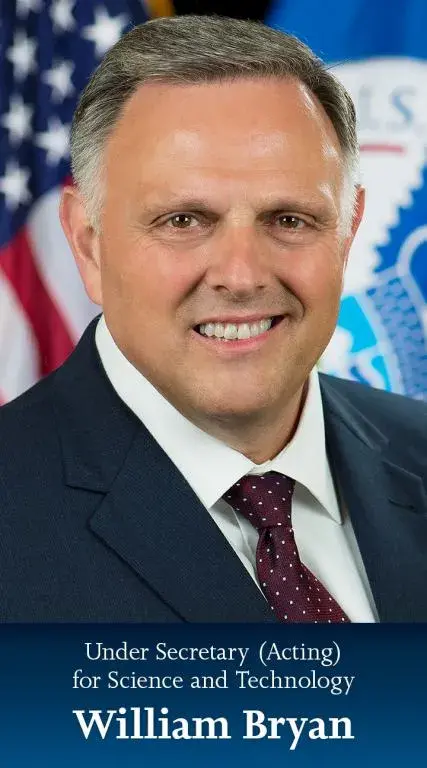As we head into the second week of Critical Infrastructure Month, I’d like to highlight some of the ways the Department of Homeland Security (DHS) Science and Technology Directorate (S&T) supports efforts to improve security and resilience of our nation’s transportation systems.

Science and Technology
William Bryan
The Transportation Systems Sector includes aviation, thoroughfares and vehicles, the maritime transportation system, mass transit and passenger rail, pipelines across the country, freight rail and postal shipping. Our domestic economy is based upon legitimate trade and travel within the country, and the transportation sector supports the means by which people and products move for business and pleasure.
In this sector, S&T supports emergency managers, local governments, heads of transit authorities, federal law enforcement and local first responders with innovative solutions to meet complex and varied security needs. Traditional screening methods, like those used at airports, are not practical for mass surface transportation environment (e.g. ferries, buses, subways, etc.) for many reasons, including the sheer volume of passengers, design of the systems, and scarcity of resources.
These are the types of challenges that S&T was established to confront.
Every day, S&T is striving to protect the systems and movement of goods and people against natural and man-made disasters. For example, we helped develop the Resilient Tunnel Plug, which can be installed in a subway tunnel and quickly inflated to form a water-tight seal that prevents floods from damaging entire systems. S&T is also working on a video forensic tool, part of our Surface Transportation Explosive Threat Detection Program, that helps authorities find unattended bags, review video and reconstruct a specific suspect’s movements through multiple cameras in near real-time.
Sensor technology is increasingly important in helping secure the nation’s transportation systems. At the new World Trade Center Transportation Hub, commonly known as the Oculus, S&T is working with the Port Authority of New York and New Jersey and Argonne National Laboratory to secure the venue from chemical attacks. The goal is to deploy and test several types of sensors in the Oculus that can quickly and independently identify the presence of dangerous chemical vapors and gases.
Transportation is the lifeblood of the American economy. S&T diligently focuses on securing the nation’s transportation systems through partnerships where we jointly develop, test and transition technologies for those systems into deployable solutions.
For more information about our work in the transportation sector and critical infrastructure at large, follow S&T on Twitter, Facebook, and LinkedIn.
